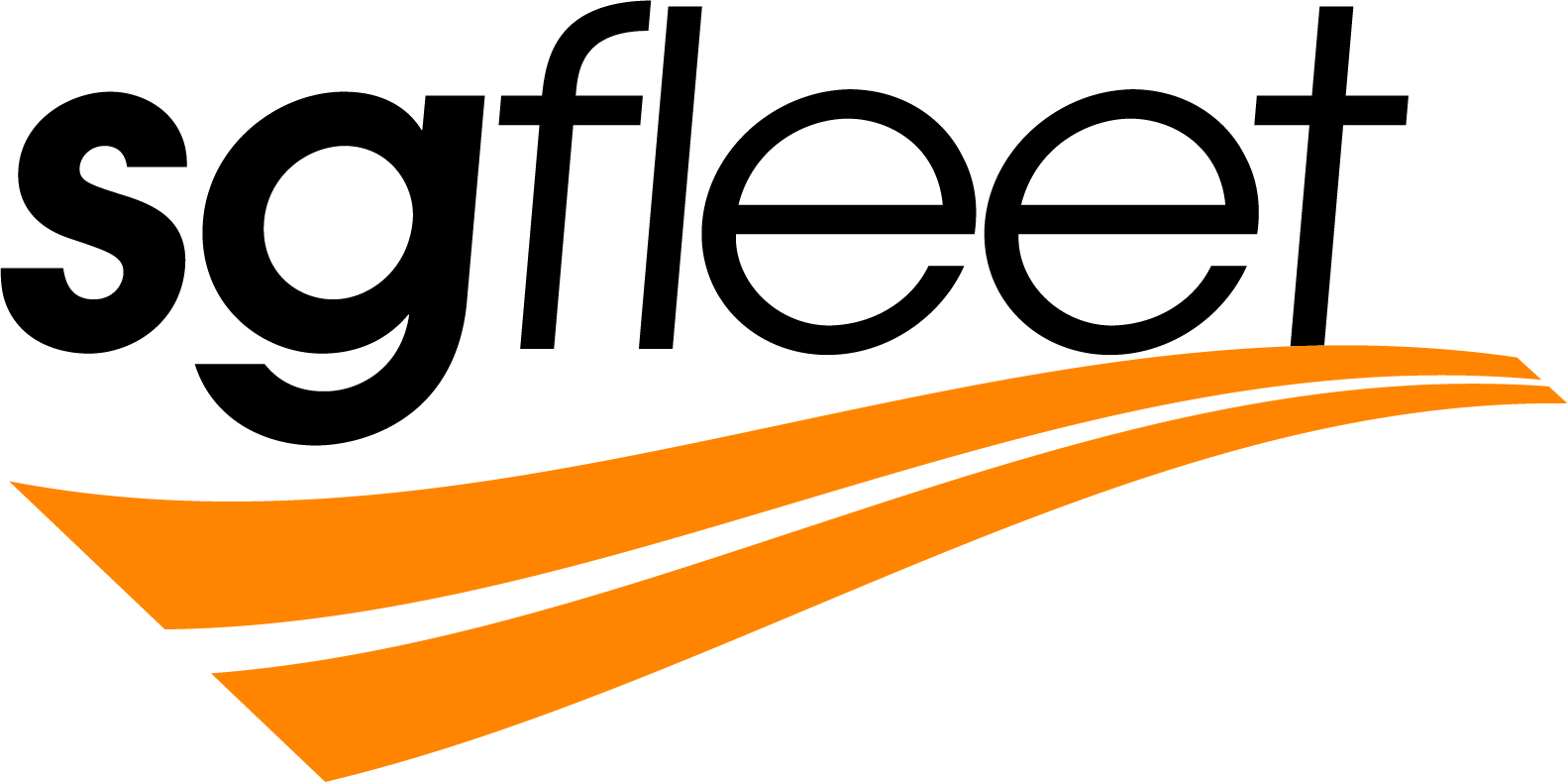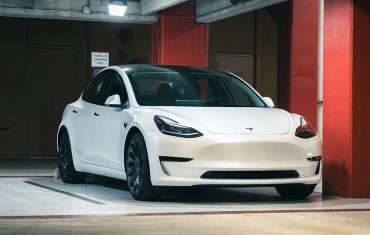
How do you get value from your fleet?
For your fleetIn times of potentially shaky economic conditions, businesses need to be smarter than ever with their money. But it’s not all dire, it just requires an adjustment of thinking and tactics.
The war in Ukraine impacts global supply chains that are already heavily disrupted from the pandemic. The global economic outlook for 2022-2023 is uncertain at best. And higher-than-expected rises in inflation and many central banks lifting official rates above market expectations has even led to speculation of a looming recession.
When you look at your business vehicles, the challenges are to ensure you’re getting genuine value for your fleet dollar, and that the vehicles in your fleet are the best fit for your organisation’s needs. You’ll also need to be across the optimal replacement timeframe for your vehicles. This means making sure they synchronise with your business and financial expectations, and allow for the slowdown of supply in the motor vehicle market worldwide that is leading to extra-long wait times for new cars.
To rise to these challenges, a business needs to take a far-sighted approach and think long and hard beyond the initial purchase or lease price to get genuine value from fleet.
Fundamentally, this means accurately evaluating the whole-of-life cost of motor vehicles.
What is whole-of-life cost?
Whole-of-life cost (also known as Total Cost of Ownership – TCO) can be defined as “the total cost of owning an asset over its entire life”.
‘Whole-of-life’ is not a term reserved for fleet management; it encompasses a variety of assets in which a company might invest, such as building projects, but it is especially pertinent to the field of fleet management.
Whole-of-life cost for fleets includes all expenditure associated with each vehicle, from the moment it is procured right through to when it finally leaves the fleet. Consequently, factors such as purchase price, lease payments, depreciation, residual value, anticipated maintenance, and weekly fuel are all part of the equation.
In a vehicle lease arrangement, it is also important to consider any potential end of lease costs – such as unfair wear and tear and excess kilometres – in your calculations.
Why is whole-of-life cost important?
Whole-of-life cost is an essential consideration. Good fleet managers take a long-term view of all the anticipated expenses fleet vehicles will incur over the course of their life. A deal may look like good up front, but once the whole-of-life cost is it may lose some of its initial shine.
Keeping whole-of-life costs in mind means that budgeting for your fleet, and all other areas of your business, becomes much easier.
What do you need to ask yourself?
To determine an accurate whole-of-life figure for your fleet vehicles, you can start with this checklist:
- What is the expected lease cost over any vehicle’s useful life? And what will its residual value be?
- Do my vehicles have good fuel economy? Should I be running a fleet powered by petrol, diesel, hybrid or electric? How much fuel is each vehicle in the fleet estimated to use annually, and what is the cost of that fuel? NB: make sure you allow for market fluctuations in your calculations.
- How much will it cost to insure and register these vehicles annually?
- Is there a standard servicing fee across a set period? If not, what reasonable assumptions can be made around costs for regular vehicle servicing and maintenance? Is roadside assistance included as part of the deal or will that need to be factored in additionally?
- What are the tyres? Are they premium tyres that may be costly but will last longer, something cheaper or a mid-range compromise? Bear in mind that skimping on quality with tyres can be a false economy over time in both total cost and safety.
- Depending on how my fleet is being utilised, can I opt for a smaller version of a vehicle with better whole-of-life cost, if it is deemed viable?
- Am I subject to end-of-lease costs such as unfair wear and tear or excess kilometres?
- Who is responsible for any residual value risk at the end of the lease term?
Asking these questions, and then taking the necessary time to do the sums, will help give you whole-of-life costs that answer: am I getting value from my fleet or not? How can I do better?
Speak with SG Fleet for advice on how you can improve your fleet’s whole-of-life cost.
 Driving Insights
Driving Insights



